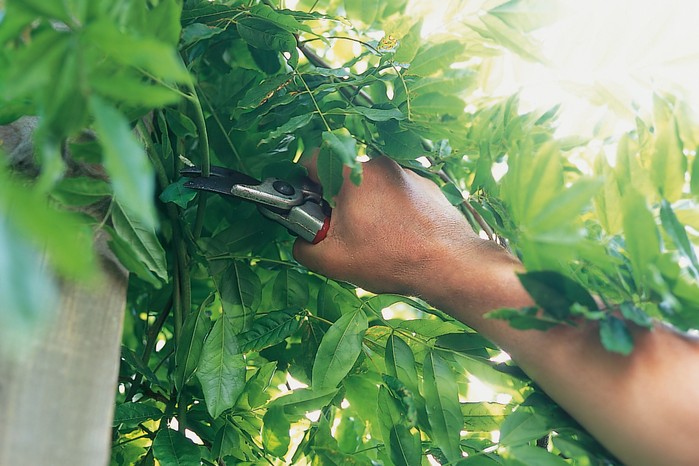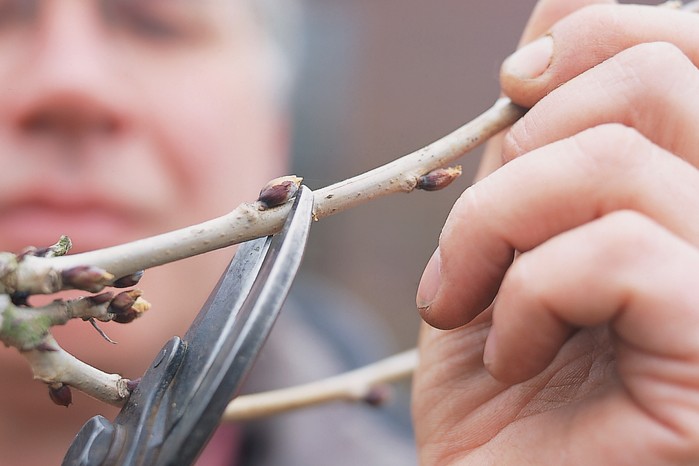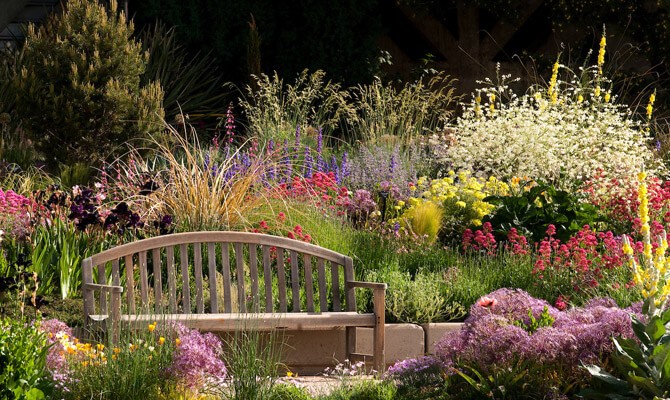
How to prune wisteria
Plant expert John Hoyland offers advice on how to prune wisteria twice a year to keep it in good shape and ensure abundant flowers. Photographs by Gavin Kingcome.
Pruning wisteria can be daunting prospect but it’s not as tricky as you might think. Pruning is essential for wisteria, not only to keep the plant’s growth in check but also to keep it flowering abundantly.
Wisteria is a vigorous plant that will produce lots of long, whippy shoots, which, if left uncontrolled, can dislodge roof tiles, clog gutters and creep into attics. Even worse, they won’t produce any flowers.
If you follow a strict regime for wisteria pruning twice a year, you will be rewarded with showy pendant racemes of fragrant flowers.
Read our in-depth guide to growing wisteria, including 20 stunning varieties to grow.
Jump to
- How to prune wisteria
- When to prune wisteria
- Pruning wisteria in summer
- Pruning wisteria in winter
- How to prune overgrown wisteria
Pruning wisteria
When to prune wisteria
Wisteria needs to be pruned twice a year, in winter (January or February) and summer (July or August). Pruning in winter keeps it tidy for the season ahead and means that the flowers will not be hidden by the leaves. Pruning wisteria in summer controls the plant's size and ensures that it will produce plenty of flower buds.
How to prune wisteria
Pruning wisteria in summer

- Tie in any stems that are needed to fill in gaps against the wall, or to extend the plant over a pergola.
- Cut back all the rest of the stems to about 30cm from the point from which they have grown. This lets the sun into the plant to ripen the young stems – important for future flower-bud production.
Pruning wisteria in winter

- The following January or February, shorten the stems that you pruned in the summer to about 5cm from the old wood. Doing this will create short, stumpy shoots known as spurs.
How to prune overgrown wisteria
February is also the best time to prune an overgrown wisteria. You can remove branches that are growing away from the wall or over a window or remove old, woody branches from mature plants. Saw these off just above a young, vigorous branch or shoot. If the branch is very long, remove it in sections. Aim for a framework of well spaced branches; you may need to train in new growth during the summer to fill in any gaps.
More like this
Authors

Niwaki bundle worth £57 when you subscribe
Subscribe to Gardens Illustrated magazine and claim your Niwaki bundle worth £57
*UK only

Container Gardening Special Edition
The Gardens Illustrated Guide to Container Gardening.
In this special edition, discover colourful flower combinations and seasonal planting schemes for pots designed by leading plantspeople, and essential know-how for container gardening success. Just £9.99 inc UK p&pBy entering your details, you are agreeing to our terms and conditions and privacy policy. You can unsubscribe at any time.

Gardens of the Globe
From botanical wonders in Australia to tranquil havens closer to home in Ireland, let this guide help you to discover some of the most glorious gardens around the world
By entering your details, you are agreeing to our terms and conditions and privacy policy. You can unsubscribe at any time.





